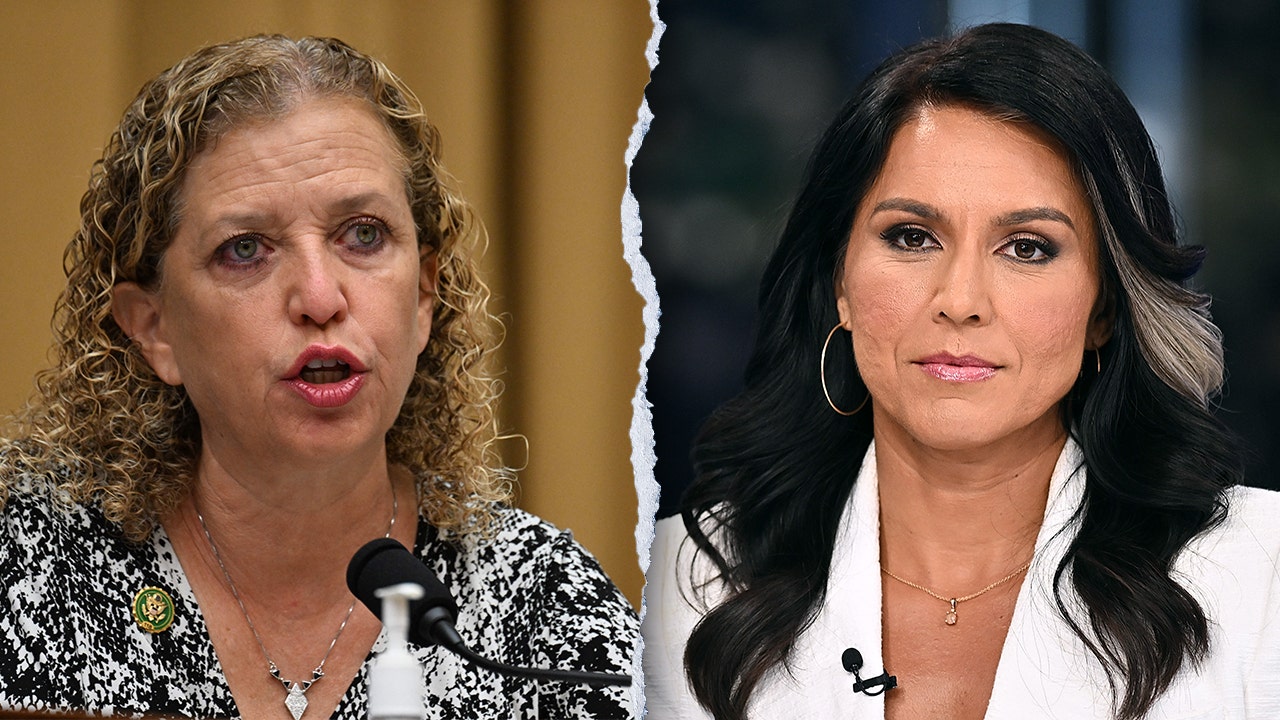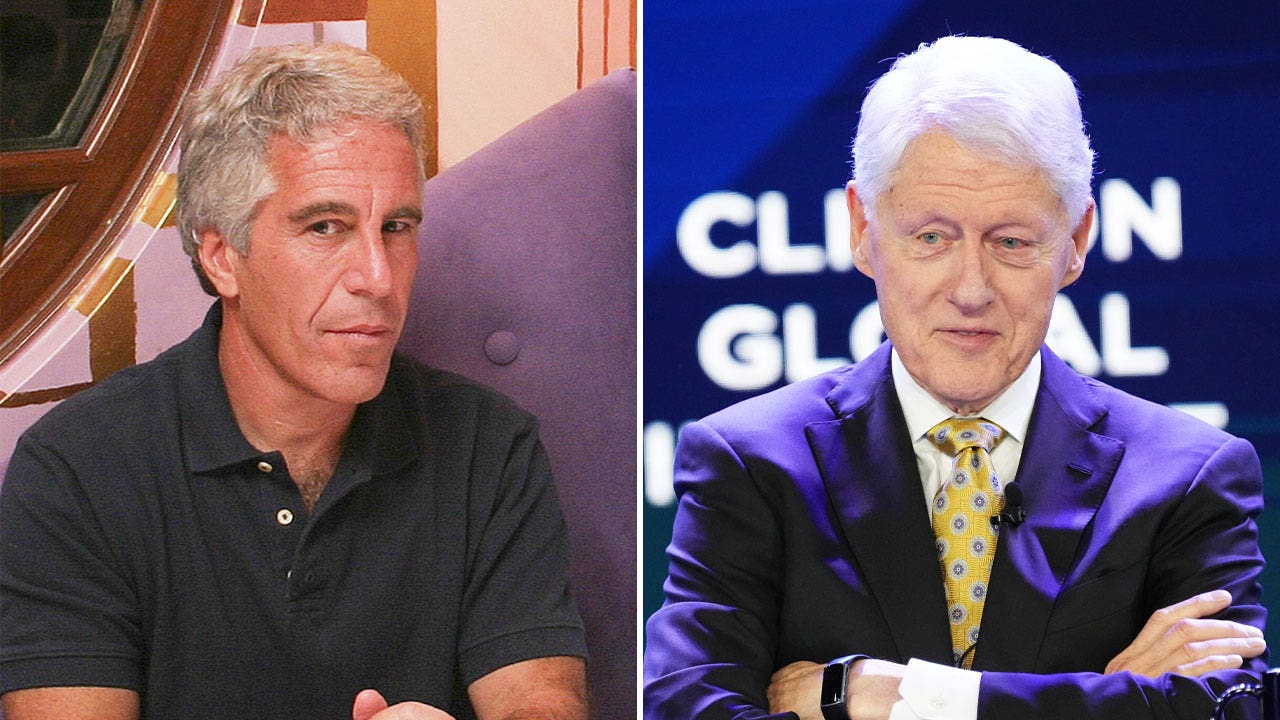Wasserman Schultz sparks backlash for claiming Tulsi Gabbard is a Russian asset

Rep. Debbie Wasserman Schultz, D-Fla., is facing a wave of backlash online after making unsubstantiated claims that Tulsi Gabbard, President-elect Trump’s pick for Director of National Intelligence (DNI), is “likely a Russian asset.” During an appearance on MSNBC, Wasserman Schultz asserted that Gabbard, a former Democratic congresswoman from Hawaii, would pose a significant threat if appointed as DNI due to her alleged ties to Russia.
The remarks made by Wasserman Schultz, without any evidence to support her claims, ignited a firestorm of criticism from various commentators who highlighted the Florida lawmaker’s own controversial track record. Journalist Glenn Greenwald pointed out that Gabbard had previously resigned as DNC Vice Chair in 2016 due to Wasserman Schultz’s alleged efforts to manipulate the election in favor of Hillary Clinton. Greenwald emphasized the irony of Wasserman Schultz accusing Gabbard of being a Russian asset, given her past actions.
Other commentators also weighed in on the situation, with some drawing attention to scandals involving Wasserman Schultz’s former IT aide, Imran Awan, who was indicted for federal bank fraud and conspiracy. The handling of sensitive information by Wasserman Schultz in defense of Awan raised concerns about her judgment and credibility.
Critics like Ian Miles Cheong and Bo Snerdley called for Gabbard to take legal action against Wasserman Schultz for defamation and slander, emphasizing the seriousness of the accusations made by the Florida lawmaker. The backlash against Wasserman Schultz’s statements underscored the need for accountability and evidence when making such serious allegations.
During the interview, Wasserman Schultz also criticized Gabbard for meeting with Syrian leader Bashar al-Assad in 2017, despite the allegations of chemical weapons attacks against Syrian civilians. Gabbard’s refusal to label Assad as a war criminal and her skepticism about the chemical weapons attacks became points of contention for Wasserman Schultz, who portrayed Gabbard as someone who had met with “war criminals.”
Gabbard’s background as a veteran who served in Iraq and as an Army reservist added complexity to the situation, with her decision to switch to the Republican Party and endorse Trump during the 2024 election further fueling the controversy. Trump’s endorsement of Gabbard for the DNI role highlighted her bipartisan support and commitment to national security.
As Gabbard prepares to assume the role of Director of National Intelligence, the focus will be on her ability to provide strategic guidance to the intelligence community and advise the president on security matters. The transition from a Democratic congresswoman to a key national security official in the Trump administration will test Gabbard’s leadership and decision-making skills in a critical role.
The unfolding drama between Wasserman Schultz and Gabbard underscores the complexity of political allegiances and national security concerns in a rapidly changing world. As the debate continues, it will be essential for all parties involved to uphold the principles of integrity, transparency, and evidence-based decision-making in the interest of national security and public trust.




